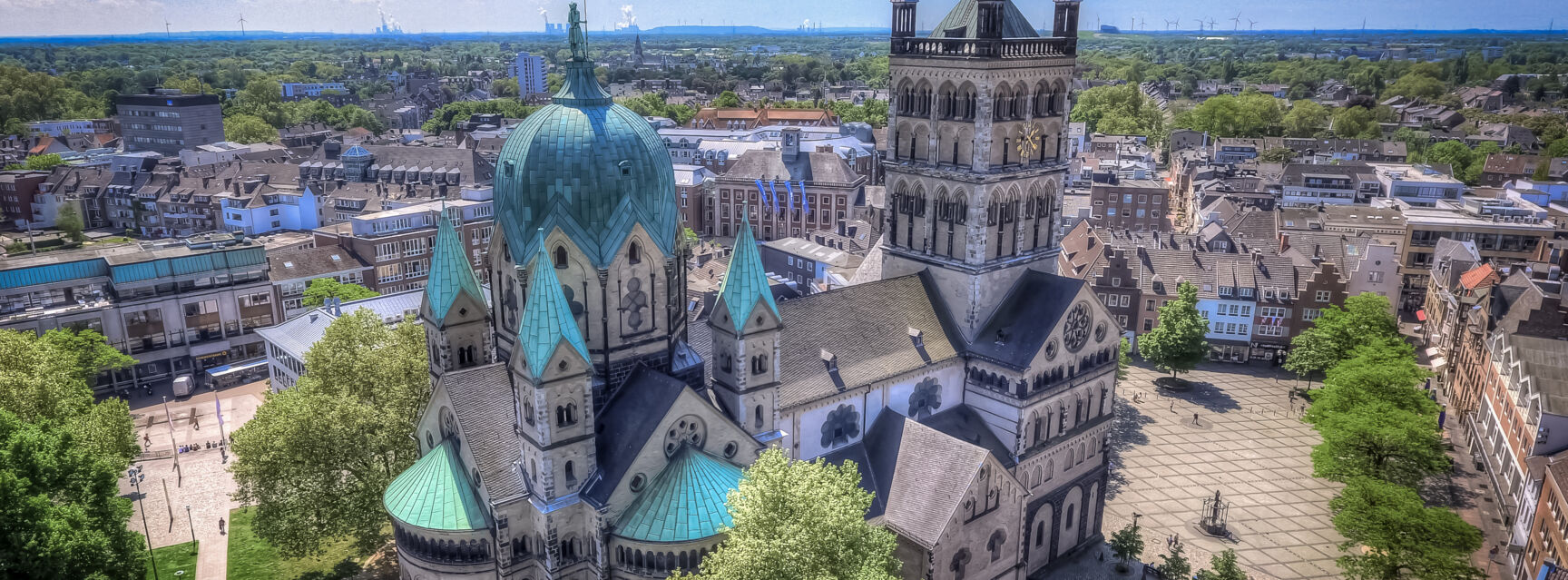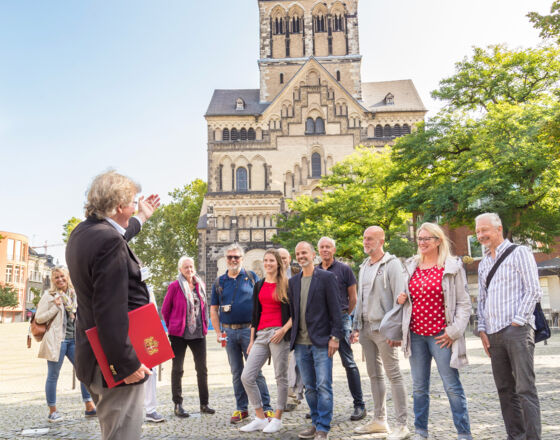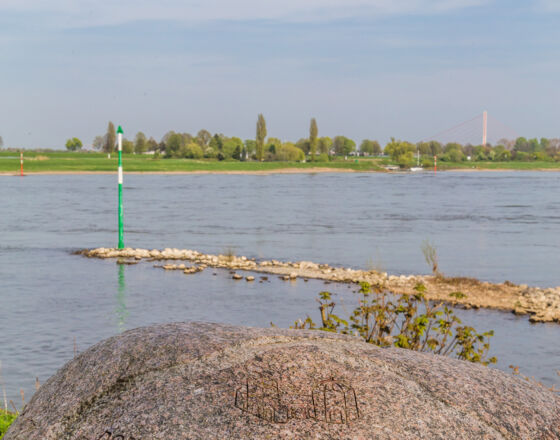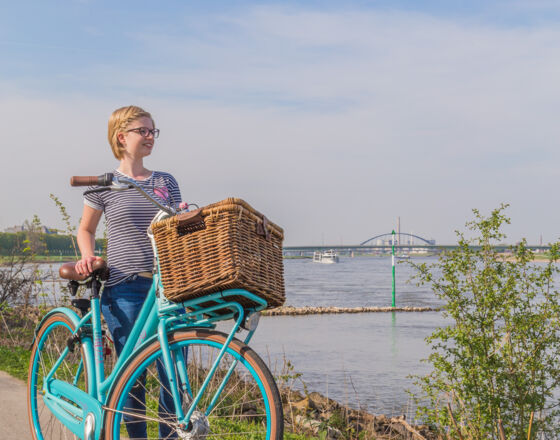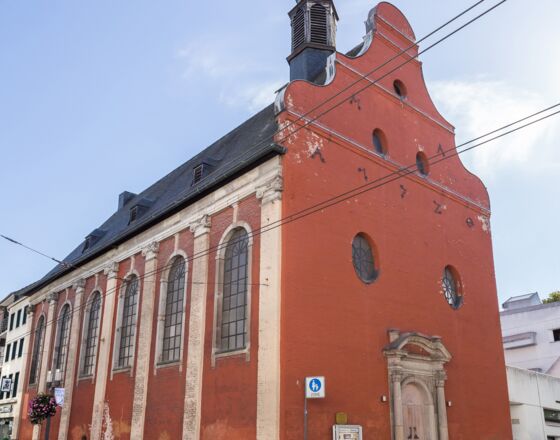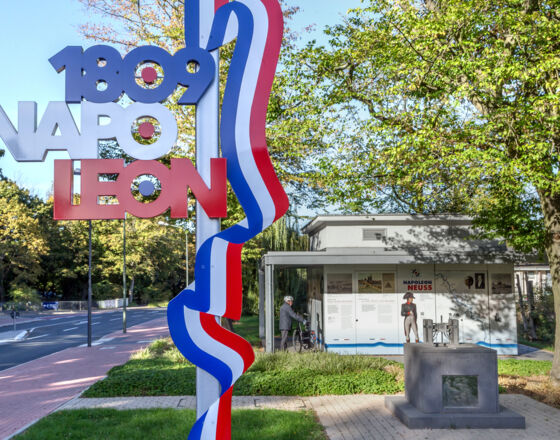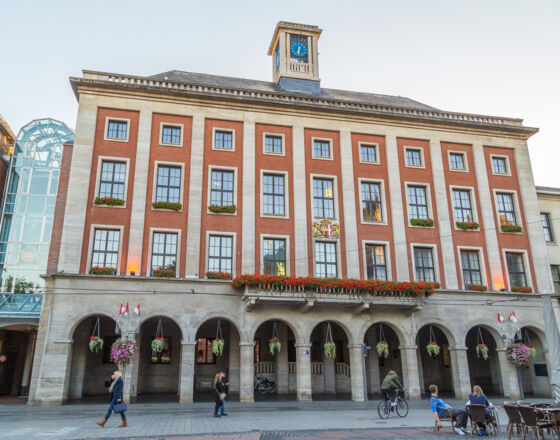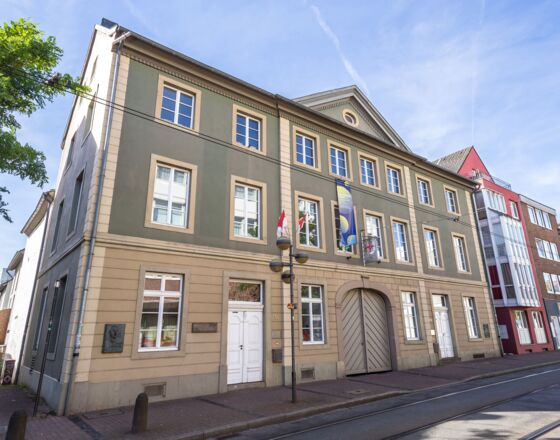Highlights
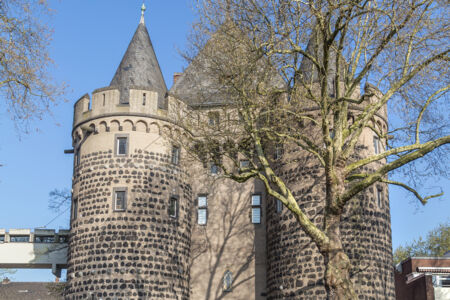
Obertor (Upper Gate)
The “Obertor” (upper gate) is from the 13th century, flanked by two round towers and the only one of the former six town gates still standing. It is also the site where the siege by the Burgundian Duke Charles in the year of 1474-75 took place. For its brave resistance, the city of Neuss received the privileges of a Hanseatic city.
Read more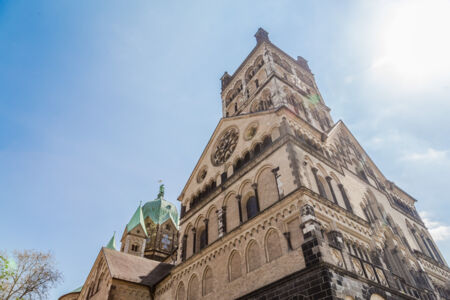
Quirinus Minster
The Quirinus Minster in the heart of Neuss is the city's landmark. The three-aisled vaulted basilica from the late Romanesque period was built between 1209 and 1230. In 2009, the minster has been elevated to the status of a basilica minor by Pope Benedict XVI. Weekly markets and events are held in the immediate vicinity.
Read more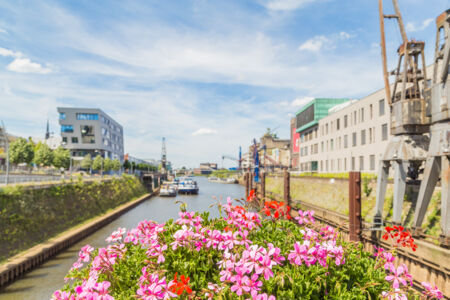
The harbour
The fact that the city of Neuss was already active in trade in early times, having a large network of partners, was certainly also due to its direct location on the Rhine. Today, the port is a last remnant of the former course of the river and one of the largest inland ports in Germany. Until the 17th century, it mainly served the trade with wine.
Read more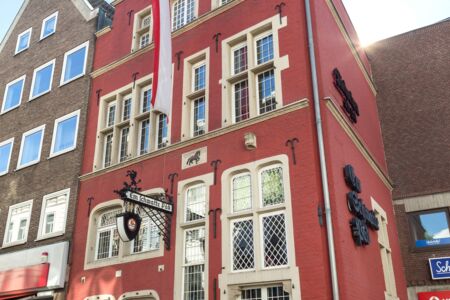
Schwatte Päd
The house "Zvm schvatten Rosz" (Local dialect for “The black horse”), popularly known as "Em schwatte Päd", is one of the most important merchant and town houses in the city. Today the building houses a modern, very popular pub.
Read moreContact
Tourist Information Neuss
Büchel 6, Rathausarkaden, 41460 Neuss, GERMANY
E-Mail: tourist-info@neuss-marketing.de
Phone: 0049 (0) 21 31 – 403 77 95
Travel options
By car: via motorways A44, A46, A52 and A57
By train: Neuss is connected to national and international railway connections via Düsseldorf Central Station. Find more information at: www.bahn.de
By plane: Two international airports are located in the vicinity of Neuss. Düsseldorf Airport is approx. 15 kilometres away and the Airport Cologne/Bonn is located about 50 kilometres from the city centre of Neuss. Find more information at: www.dus.com/en and at www.cologne-bonn-airport.com/en/.

